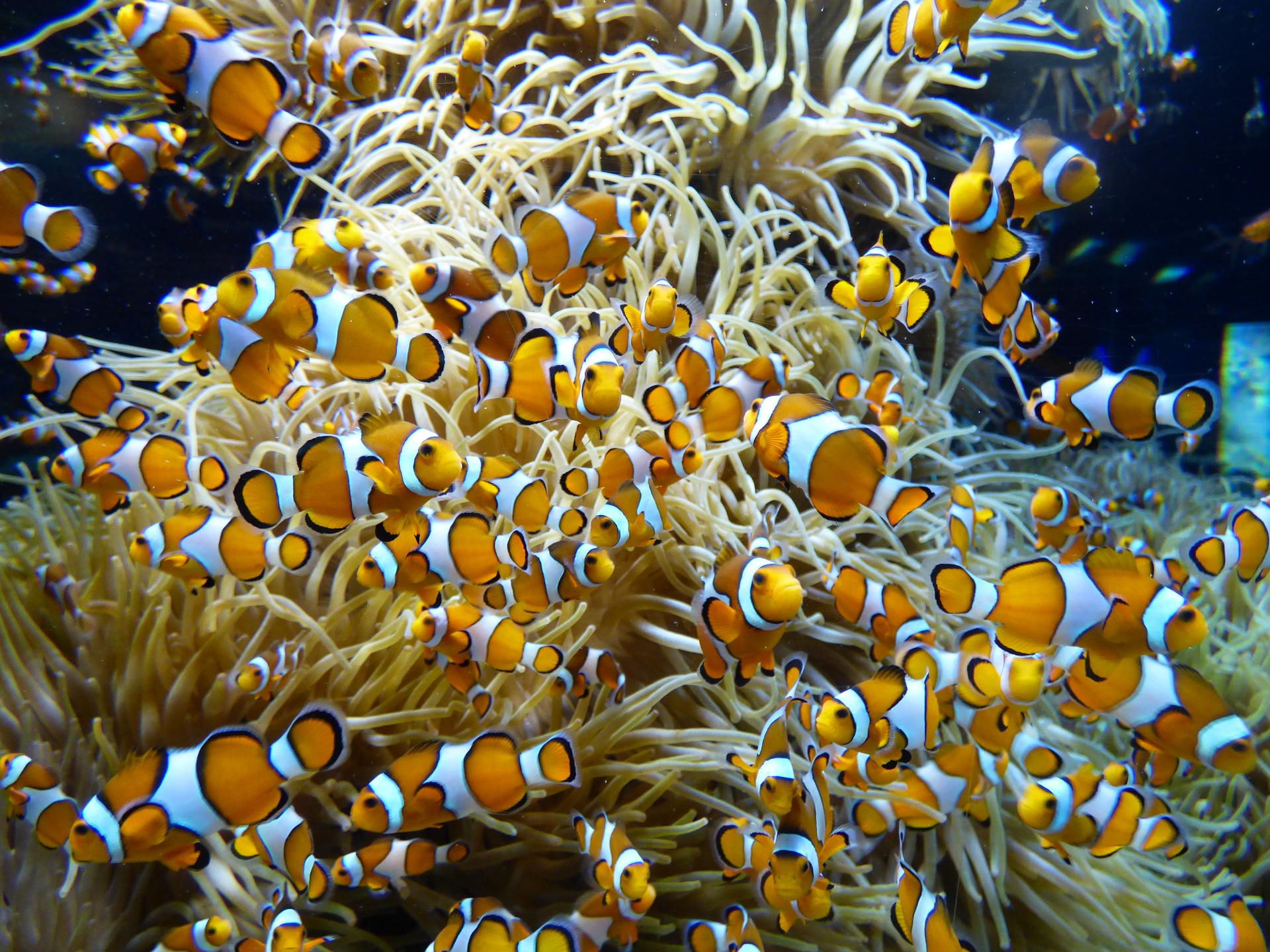Publications on the 3Rs (Replacement, Refinement and Reduction)
Cefas conducts applied research using aquatic animals (e.g. fish, bivalve molluscs, crustacea) which aims to: protect wild populations, biodiversity and the environment; and reduce disease and improve welfare in cultured stocks.
Our researchers are active in the implementation and promotion of the 3Rs (Replacement, Refinement & Reduction) of animal use in research. For example, we have recently refined techniques used to attach tags to European bass and spurdog and co-chaired an international workshop on mark-identification tagging. We publish a broad range of scientific papers including on the following 3Rs topics:
|
Paper |
Year |
Journal |
Summary |
|
Current methods and best practice recommendations for skate and ray (Batoidea) research
|
2025 |
Reviews in Fish Biology and Fisheries |
This review addresses capture, handling, tagging, and release to provide readers with crucial information needed to study skates and rays. Protocols for analgesia, anaesthesia, and euthanasia are also discussed, considering the ethical and logistical aspects of research involving this group of species.
|
|
2025 |
Scientific Reports |
This study demonstrated the validity of non-invasive DNA sampling of Atlantic bluefin tuna for stock identification. Swabs of 1) the skin and 2) the applicator pole used to attach an external tag, enabled successful genotyping and are a refinement of fin-clip sampling.
|
|
|
Opercular shortening in laboratory reared Atlantic salmon
|
2022 |
Animal Welfare |
Opercular deformity is a common morphological abnormality of laboratory and other cultured fishes, observed in a wide variety of species but with an unclear aetiology. Following observations of short opercula in stocks of Atlantic salmon ( Salmo salar ) reared in our laboratory, we developed a photographic key to score individual fish on a scale of 1 to 5. Among the many potential causal factors, nipping is suggested as the primary cause of short opercula within our culture system, with asymmetry due to the clockwise current. We also present evidence that short opercula are associated with gill damage which supports this deformity being a welfare issue that merits assessment.
|
|
The housing, care, and use of a laboratory three-spined stickleback colony - ScienceDirect |
2022 |
Laboratory Fish in Biomedical Research |
The three-spined stickleback (Gasterosteous aculeatus) is a common laboratory fish used across many scientific disciplines. However, little guidance is available on its housing and care in the scientific literature. Here we outline the methods to maintain a colony of sticklebacks based upon >20 years of experience at the Cefas Weymouth Laboratory.
|
|
2021 |
Ecotoxicology and Environmental Safety |
Cefas led this publication, following a Defra-funded workshop, in which a clear roadmap on how to refine the most commonly used regulatory test guideline is presented. Two key opportunities were identified and discussed, namely the application of early humane endpoints in lieu of death and the shortening of the duration of the test to 48hours (instead of 96 hours).
|
|
|
2021 |
Laboratory Animals |
Ambiguity is hampering the adoption of end-points to refine laboratory animal experiments. We differentiate endpoint (single word, response variable to the treatment) from end-point (hyphenated, time-point when exposure to the treatment and suffering ends), and propose seven distinct types of early end-point.
|
|
|
The application of continuous-time Markov chain models in the analysis of choice flume experiments |
2021 |
Journal of the Royal Statistical Society: Series C (Applied Statistics) |
This paper develops an advanced statistical method for choice experiments. It models how the number of fish moving from one chamber to another changes over time in the presence or absence of a chemical signal. This allows effective use of the data, refining the amount and quality of information available from this type of experiment.
|
|
Skin swabbing is a refined technique to collect DNA from model fish species |
2020 |
Scientific Reports |
The aim of the study was to investigate the potential stress-related effects following skin swabbing in comparison to fin clipping, in two model fish species, stickleback and zebrafish. For this purpose, changes in gene expression, behaviour and physiology such as cortisol levels were analysed. In terms of welfare, skin swabbing proved to be a refined technique.
|
|
Key Opportunities to Replace, Reduce, and Refine Regulatory Fish Acute Toxicity Tests |
2020 |
Environmental Toxicology and Chemistry |
Fish acute toxicity tests for regulatory risk‐assessment of industrial chemicals and plant protection products, are the most widely conducted regulatory vertebrate ecotoxicology tests. This review highlights ongoing initiatives, challenges and opportunities to replace, reduce, and/or refine these studies, without compromising environmental protection.
|
|
In-tank underwater cameras can refine monitoring of laboratory fish |
2019 |
Animal Welfare |
Using case studies, we illustrate how camera monitoring can aid detection of abnormalities in fish behaviour and appearance, enabling earlier interventions. Additionally, recordings provide a resource for reference and retrospective analysis, and evidence to support severity classification and identify humane end-points.
|
|
Application of Passive Sampling to Characterise the Fish Exometabolome |
2017 |
Metabolites |
The overall project was to gain an insight into the biochemical trail left by fish experiencing different conditions, using cutting edge technology (NMR metabolomics). To capture these endogenous metabolites, Chemcatcher® passive samplers were trialled and proved to be efficient. However, this did not discover specific fish welfare markers.
|
|
Prozac affects stickleback nest quality without altering androgen, |
2015 |
Aquatic Toxicology |
The main objective was to investigate the effects of Prozac on the breeding stickleback but we also reported a non-invasive method to collect DNA material. Instead of cutting the spines/fins, potentially harming the fish, the fish body sides were swabbed using cotton buds to collect mucus and epithelial cells.
|


